In the gun world, selecting the right rifle is a serious decision. Whether you’re a seasoned hunter, a target shooter, or a beginner entering the world of marksmanship, choosing the perfect rifle requires careful consideration. With a multitude of options available on the market, it’s easy to feel overwhelmed. However, fear not. I will take you through the steps on how to choose a rifle.
How to Choose a Rifle in 4 Steps
By understanding a few key factors, you can confidently navigate the selection process and find the rifle that suits your needs. Here are four essential things to consider before making your purchase.
1. Determine Its Intended Purpose
The first step in choosing a rifle is to determine its intended purpose. Are you planning to use it for hunting, target shooting, or self-defense? Each of these purposes may require different features and specifications.
For hunting, consider factors such as the type of game you’ll be after and the terrain you’ll be covering. A lightweight and maneuverable rifle may be preferable for hunting in dense woods. However, a long-range precision rifle might be more suitable for open fields.
If you’re primarily interested in target shooting, think about whether you’ll be shooting at short, medium, or long distances. This will influence your choice of caliber, barrel length, and optics.
For self-defense, factors such as ease of handling, reliability, and stopping power are paramount. Likewise, a semi-automatic rifle with a higher-capacity magazine might be a preferred choice for home defense.
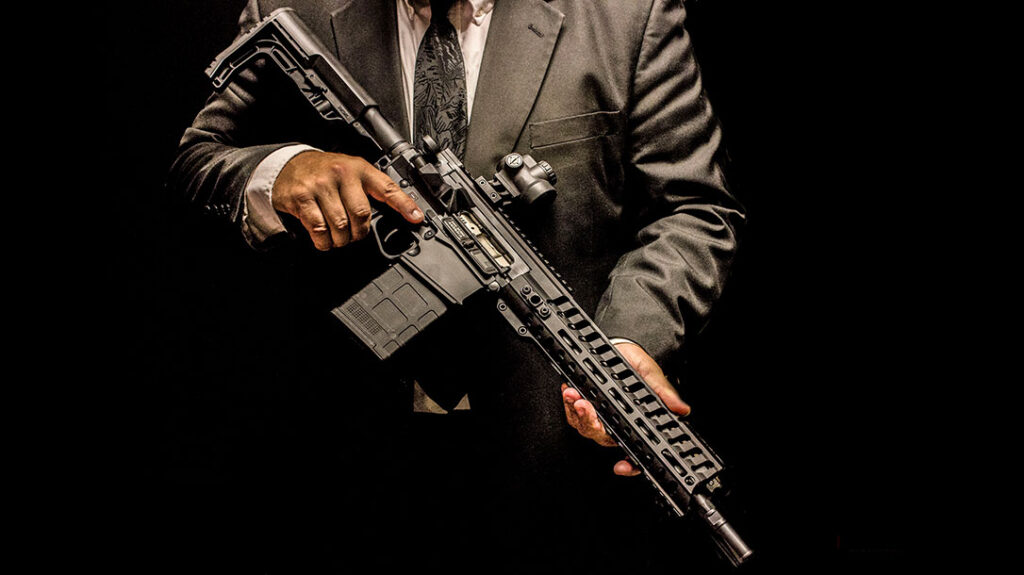
By clearly defining the purpose and intended use of your rifle, you can narrow down your options. This will allow you to focus on models that are best suited to your specific needs.
2. Choosing the Caliber
The caliber of a rifle refers to the diameter of the bullet it fires. A rifle’s caliber plays a crucial role in determining its effectiveness for different applications. There is a wide range of calibers available, each offering different levels of power, recoil, and ballistic performance.
When selecting a caliber, consider factors such as the type of game you’ll be hunting, the distance at which you’ll be shooting, and your own comfort level with recoil. Larger calibers generally produce more stopping power but also result in increased recoil, which can affect accuracy and shooter fatigue.
For hunting small game or varmints, a .22LR or .17 HMR caliber rifle may be sufficient. Medium-sized game like deer or antelope may require a .243 Winchester or .308 Winchester caliber rifle. For larger game such as elk or bear, a .30-06 Springfield or .300 Winchester Magnum caliber rifle might be more appropriate.
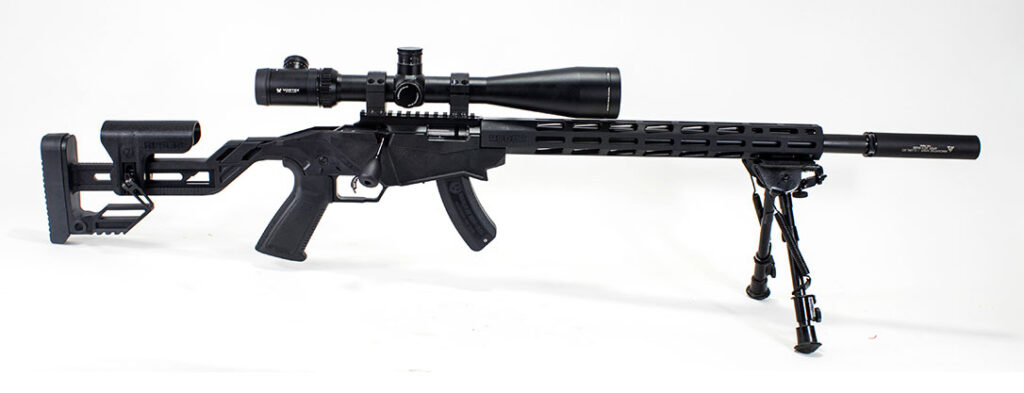
For target shooting or long-range precision shooting, popular calibers include .223 Remington, 6.5 Creedmoor, and .308 Winchester. These calibers offer excellent accuracy and ballistic performance at extended distances.
Ultimately, the choice of caliber should be based on your intended use, personal preferences, and practical considerations such as ammunition availability and cost.
3. Selecting the Action
The action of a rifle refers to the mechanism by which it loads, fires, and ejects cartridges. There are several common types of rifle actions, each with its own advantages and disadvantages.
Bolt-action rifles are known for their reliability, accuracy, and simplicity. They typically have fewer moving parts than other action types, which can result in smoother operation and easier maintenance. Bolt-action rifles are popular choices for hunting and long-range shooting due to their inherent accuracy and reliability.
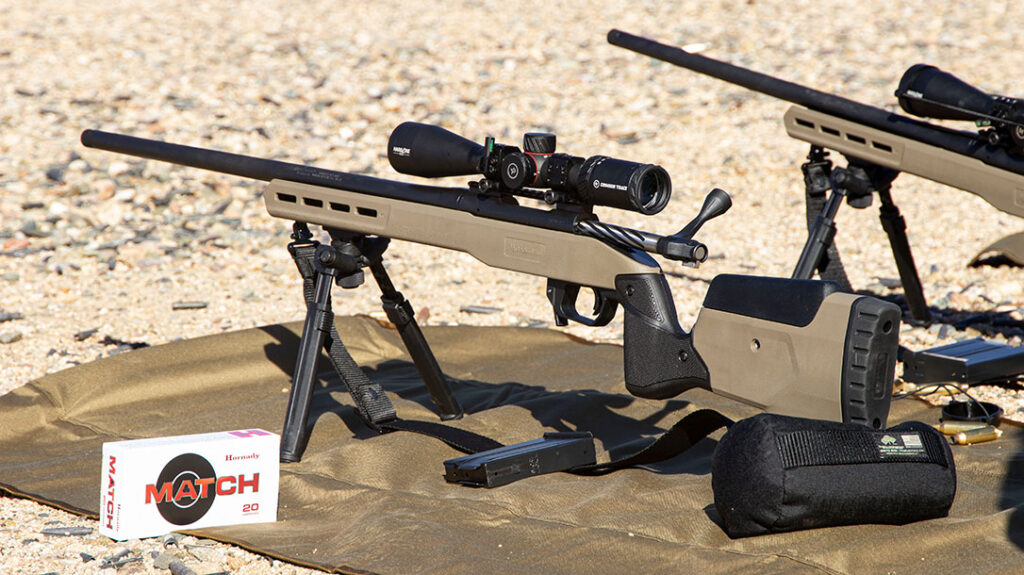
Semi-automatic rifles fire a round with each press of the trigger without the need to manually cycle the action. This makes them well-suited for applications where rapid follow-up shots are necessary, such as self-defense or competitive shooting. However, semi-automatic rifles can be more complex and may require more frequent cleaning and maintenance.
Other action types include lever-action, pump-action, and single-shot rifles, each with its own unique characteristics and applications. When choosing a rifle, consider which action type best suits your needs in terms of functionality, reliability, and ease of use.
4. Choose a Comfortable Platform
The fit and ergonomics of a rifle play a significant role in shooter comfort, accuracy, and control. A rifle that feels comfortable and natural in your hands will be easier to shoot accurately and effectively.
Pay attention to factors such as stock length, grip shape, and overall weight when selecting a rifle. A stock that is too long or too short can cause discomfort and affect your ability to achieve a proper shooting position. Similarly, a grip that doesn’t fit your hand comfortably can lead to fatigue and reduced control over the rifle.
Many modern rifles feature adjustable stocks, grips, and other ergonomic features that allow you to customize the fit to your individual preferences. Take the time to test different rifles and configurations to find the one that feels best for you.
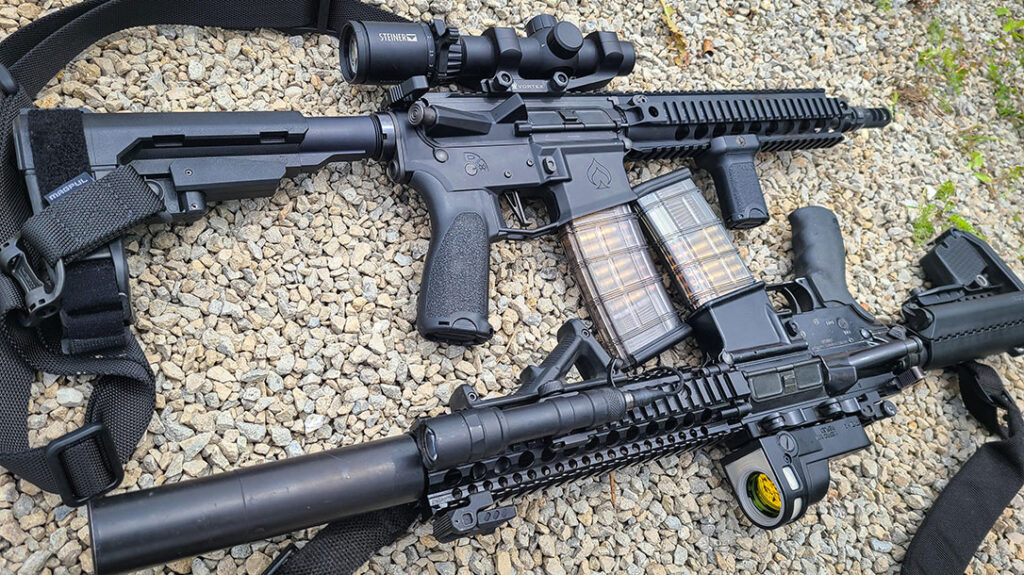
Final Thoughts
Choosing the right rifle requires careful consideration of factors such as purpose, caliber, action type, and fit. By understanding your needs and preferences and conducting thorough research, you can select a rifle that meets your requirements and enhances your shooting experience.
Take your time and be patient in your choice. This will save you frustration and, ultimately, money.
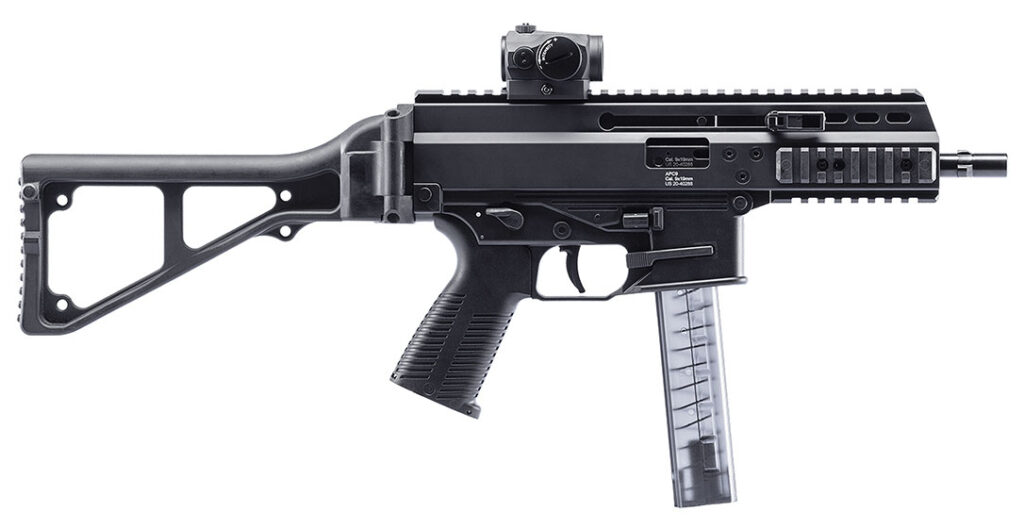
Didn’t find what you were looking for?
Read the full article here
